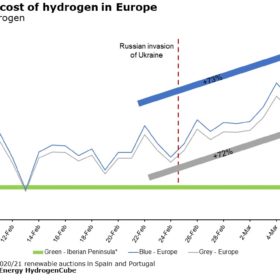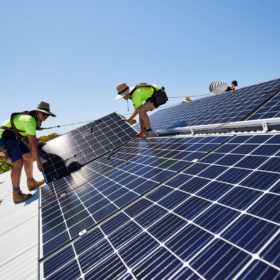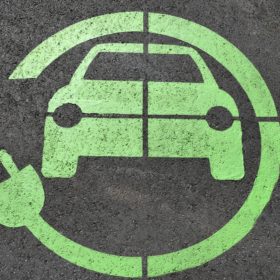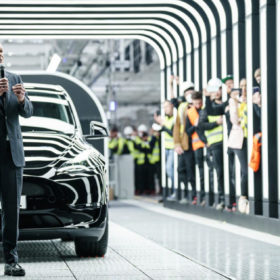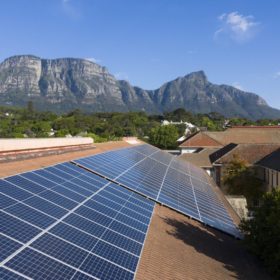Invasion of Ukraine an inadvertent boost for green hydrogen
Rystad Energy has joined BloombergNEF with a significant forecast for grey and blue hydrogen off the back of Russia’s invasion of Ukraine. According to the analysts, the impact of the war has sent prices of fossil fuel-tied forms of hydrogen production surging, leaving the gradual but consistent downward price trend of green hydrogen now looking remarkably competitive.
Market influences tipped to end rooftop solar’s record run
Australia has one of the highest per-capita rooftop solar PV installation rates in the world with more than 16GW installed across more than 3 million households but the head of Australian research at U.S.-based analyst Bloomberg New Energy Finance has forecast a drop off in new installations in 2022.
Turnbull points to pumped hydro as ‘ultimate’ storage solution
Pumped hydro energy storage is ideally positioned to support reliability and reduce volatility in the energy market as Australia shifts from fossil fuels towards renewable power with former prime minister Malcolm Turnbull labelling the technology the “ultimate long-duration storage” solution.
Battery supply could remain tight into next year
Analyst Wood Mackenzie has predicted soaring demand for electric vehicle devices will ensure supply will not keep pace with demand until some point in 2023.
Tesla opens gigafactory in Germany
The first Model Y electric cars have rolled off the assembly line at the US electric car manufacturer’s first European factory.
Tesla to supply Megapacks for 150MW/350MWh Riverina big battery
Following the early success of its solar integrated Gannawarra Energy Storage System, Edify Energy has again opted for Tesla Megapack as its preferred battery energy storage system for its combination of storage projects totalling 150MW/300MWh in the Riverina region of New South Wales.
Could Russia’s actions in Ukraine accelerate renewables investment?
Given the goings-on in the world this last quarter, Mike Jefferies, Investment Manager at Octopus Investments Australia, takes a look at the current macroeconomic environment, how this is tied to energy markets, the impacts Russia’s invasion of Ukraine has had on that energy market, what this could mean for Australia and how renewables could help address these issues.
World Bank wants 210,000 mini-grids this decade
The international development entity has already invested $1 billion in local, off-grid electricity networks over the last decade – and attracted a further $1.1 billion in matched funding – and wants to set up mini-grids to supply electricity to 490 million people by 2030.
Weekend read: Made in Indonesia
Indonesia has set itself some ambitious goals for PV manufacturing, backed by domestic content requirements and other incentives. But local demand is limited, and the nation faces stiff competition from China and other countries on the export market. While real obstacles remain, a restructuring of state-owned electricity company PLN and local raw material riches mean the potential is growing.
Morrison commits $240 million to shore up critical minerals supply chain
The Australian Government has committed more than $240 million to critical minerals projects in a bid to end Australia’s reliance on China and cement its place in the rapidly growing global electric vehicle and battery markets.
